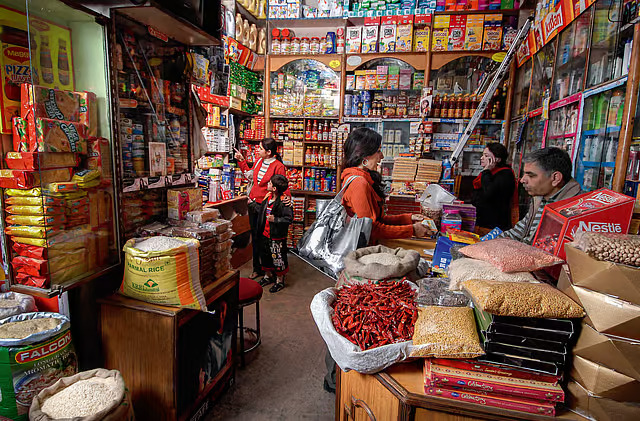For generations, kirana stores have been the heartbeat of India’s neighbourhoods. They have extended credit without asking, remembered our family’s go-to brands without needing a loyalty program, and delivered essentials long before “same-day delivery” was even a thing.
But today, many of these once-familiar shops are quietly disappearing as they struggle to compete with the rise of quick commerce, large retail chains, and changing consumer expectations.
While naysayers may say kiranas are still thriving, the numbers tell a different story. According to a report by the Retailers Association of India, nearly 2 lakh kirana stores have shut down, with quick commerce cited as a major factor (source).
So the question isn’t just "Can we save them", but “Should we” save them too?
What’s Killing Them?
1. Tech-Led Convenience
A lot has been written about the impact of quick commerce so we won’t repeat it here.
2. Fragmented Supply Chains
Kirana store owners often operate with limited inventory and inconsistent supplier pricing, unlike modern trade and online platforms.
3. Lack of Digital Presence
In a world where discovery is digital, kiranas remain largely invisible. Their individual websites or apps can’t have the same distribution scale.
4. Changing Aspirations
Today’s consumer—especially younger shoppers—seeks brands, ambience, and a curated experience.
Should We Save Them?
The answer is yes, but not just for nostalgia.
These stores represent livelihoods, social networks, and the informal economic engine that keeps and strengthens many communities. If they vanish, we do not just lose a shop. We lose a relationship, a safety net, and a layer of culture that no app or algorithm can replace.
Aesthetics-wise too, vibrant and colorful stores with flashy signboards dotting the city are a far better sight to behold than dark stores in every neighbourhood and swarms of delivery bikes.
There is another latent functional aspect to them. These stores have pushed local brands to customers, leading to a vibrant local economy and sustaining grassroots entrepreneurship. A thousand local brands lay the foundation for a healthier and more inclusive economy than two or three big brands dominating any segment.
Saving them is not about resisting modernity.
Saving them is channeling modernity to a more sustainable, inclusive, balanced future.
We should evolve them digitally, sustainably, and locally.
The Way Forward
India does not need fewer kiranas.
It needs smarter ones.
At Yett, we believe kirana stores can thrive in the digital age without losing their identity. We genuinely want to contribute to this narrative through our small yet sincere efforts.
Our goal is to make them visible, searchable, and better connected to the shoppers in their neighbourhoods—not as a nostalgia-laced memory but as a thriving part of modern retail.
We are building tools that support this vision.
From enabling digital discovery to providing simple solutions for hyperlocal loyalty and features that enrich the in-store experience, our platform is designed to empower kiranas on their own terms.
The death of kiranas is not inevitable.
Their revival is possible, and it is still in our hands

